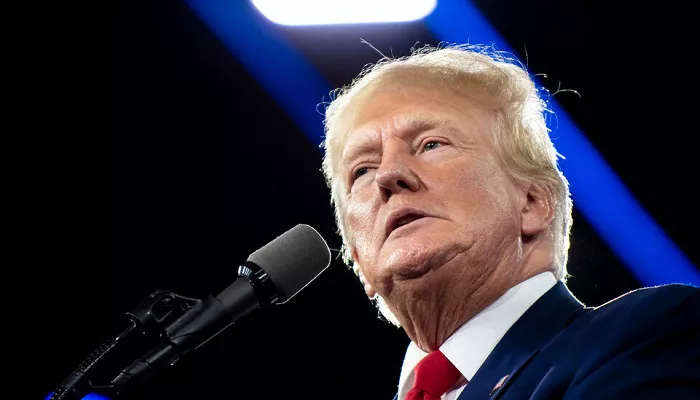The dream of studying in the United States—a symbol of academic and professional success for many Indian families—is under threat. Amid mounting restrictions and uncertainty under Donald Trump’s administration, thousands of Indian students and their families are rethinking their plans, with many now eyeing alternative destinations like the UK and Europe.
In Ahmedabad, Gujarat, Subash Devatwal runs a busy education consultancy that once helped more than 100 students annually gain admission to American universities. But this year, only about 10 of his clients are continuing with U.S. applications. “The students are in shock,” Devatwal said. “Most of them spend years preparing to study in the U.S., but now they’re hesitant.”
The change comes after a series of policy moves by the Trump administration that have cast a shadow over international student mobility. Among them: sweeping visa delays, stringent political screenings, and a controversial attempt to block Harvard University from admitting international students—an effort later halted by the courts.
Most recently, U.S. embassies globally were instructed to indefinitely pause all student visa interviews. This decision has left thousands in limbo, especially students like those accepted into the prestigious Fulbright-Nehru program, who have seen their final approvals rolled back to “semi-finalist” status. One Fulbright fellow, speaking anonymously, said, “Everything was booked—our orientation, flights, and hotels. Then it all got cancelled. Now our applications are under review by the Trump administration.”
Education experts say these developments have triggered a rapid shift in Indian students’ preferences. Piyush Bhartiya, co-founder of AdmitKard, an edtech platform guiding students through study abroad programs, said the interest is now pivoting to destinations like the UK, Ireland, Germany, and the Netherlands. “Germany is becoming the top alternative for STEM subjects,” he noted, “and there’s also growing interest in the Middle East for undergraduate studies due to proximity and perceived safety.”
In Surat, Brijesh Patel, a textile trader, had been saving for over a decade to send his son to a U.S. university. He even sold family jewelry and took loans to cover the cost of application support. But now, despite his son gaining admission to two American universities, Patel has put the plans on hold. “We simply can’t take that risk,” he said. “If something goes wrong, we can’t afford to do it all over again.”
Still, Patel remains hopeful. “I’m an optimist. My son is willing to wait a year. We hope things will change. It’s not just his dream—it’s our entire family’s.”
The economic stakes are high. Indian families typically spend between $40,000 and $80,000 per year in tuition alone to study in the U.S., often financing the expense through loans and savings. The Hindu newspaper recently reported a 28% drop in Indian students heading to the U.S. in 2025, a sharp contrast to last year when India overtook China as the largest source of international students in America, with over 330,000 enrollments.
For some, the shift has already been made. Nihar Gokhale, 36, had secured a fully funded PhD offer at a private U.S. university. But when his funding was abruptly withdrawn due to political complications, he was forced to reconsider. “Without the scholarship, the U.S. is out of the question,” he said. Gokhale now plans to pursue his studies in the UK.
With the future of U.S.-bound education in flux, many Indian students are turning to study abroad guides and international education consultants to navigate new paths. While the American dream is not entirely dead, it’s now being pursued with greater caution—and sometimes, from different shores.


